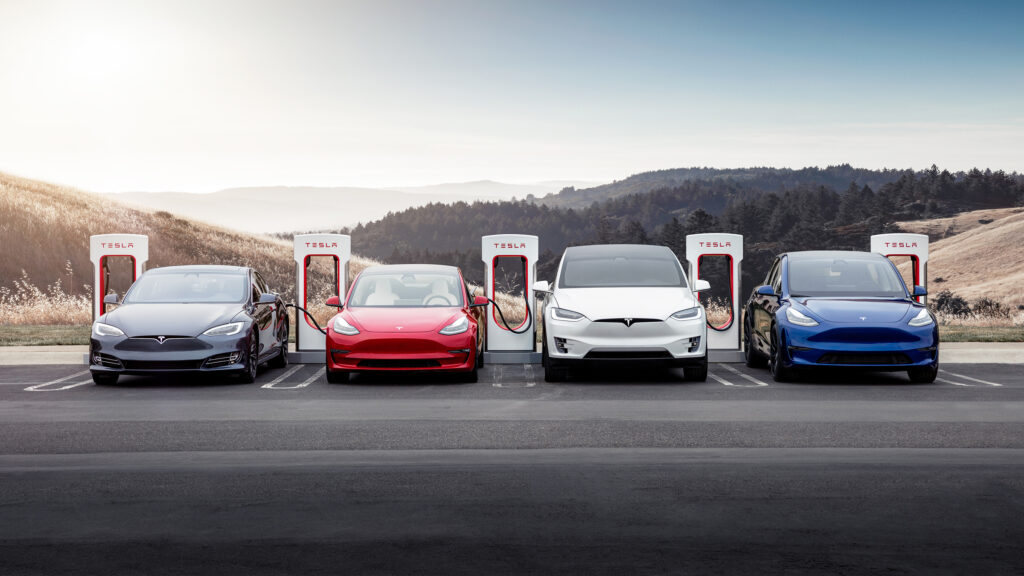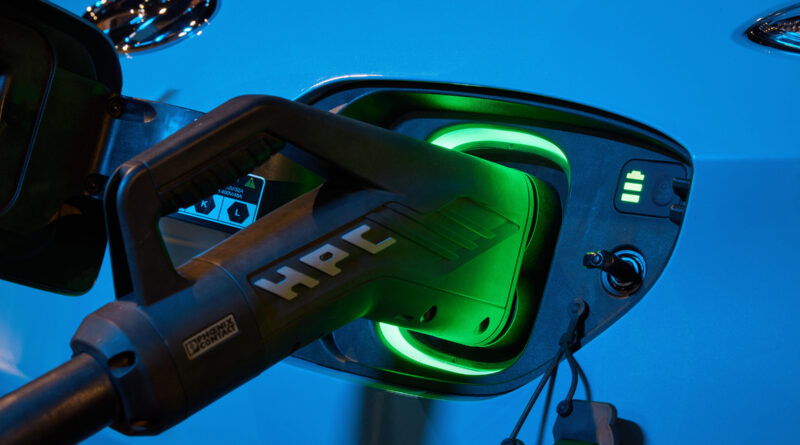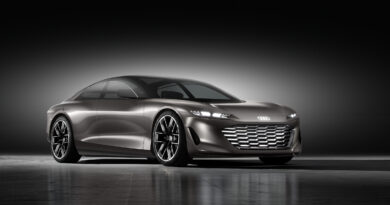EV sales up 168 percent this year, Tesla leading
They might be moving slower than a sleeping snail in Australia, but EV sales are exploding elsewhere in the civilised world, leaping by 157 percent in Europe, 197 percent in China and 166 percent in the US in the first half of this year alone, according to EVVolumes.com.
The “Electric Vehicle World Sales Database”, as the site dubs itself, reports that the rise was 95 percent in “the remaining markets”, and that, outside of Japan, all major markets posted new records for EV sales, and share, in the first half of 2021. No, Australia is not a major market.
So just how many electrified vehicles – both EVs/BEVs or PHEVs – were shifted in the top half of this year? That would be a total of 2.65 million electric vehicles, worldwide, or an increase of 168 percent compared to the same period of 2020.
READ MORE: Best selling EVs in Australia in 2020
READ MORE: Hybrid, EV and PHEV sales soar in Australia in 2020
2021 SALES: Tesla Model 3 leading, but only just
Statistics can, of course, be misleading and when comparing to that period of 2020 – The First Year of the Pandemic Plague – it’s important to note that global sales of EVs in that time were down by 14 percent compared to 2019 values, but that compares to a drop of 28 percent in that period for cars in general.
The market began to recover quickly in the second half of 2020, according to EV Volumes, with those gains driven particularly in Europe by a load of new options arriving on the market, “extensive green recovery funds” and the 95g C02 mandate in the EU, which required passenger-car makers to slash their emissions across their fleets.
The important comparative figure, of course, is how EVs grew against the recovering rate for all passenger cars, and in 2021, “all regions and most countries witness strong increases in EV sales, with growth rates three-to-eight times higher than for total light vehicle markets”. Again, “most” countries, not Australia, where we’re still at less than 1 percent of our sales being fully electric cars.
In terms of market share, BEVs and PHEVs combined grew their share form 3 percent in 2020 to 6.3 percent, globally.

In Europe, the share of passenger car sales made up by full EVs and PHEVs was an impressive 14 percent in the first half of 2020, up from just 7 percent a year ago.
According to EV Volumes, Tesla leads global EV sales with 386,000 units this year, all of them pure EVs. According to Tesla’s own sales figures, the Model 3 leads the way – and in Australia’s it’s the Model 3 Standard Range Plus that’s believed to be the most popular model – backed up by the Tesla Model Y that is due to arrive in Australia late in 2021 or early 2022.
Tesla is followed by the Volkswagen Group with 332,000 units, of which 172,700 were BEVs – including the ID.4 SUV that is on the wishlist for Australia – and 159,400 were PHEVs. General Motors was third with 227,000 units, partly off the back of its joint venture with Wuling.
For all of 2021, the predicted sales total for EVs is 6.4 million, a growth of 98 percent – almost double – over 2020. Some four million of those will be full EVs and PHEVs will make up 2.4 million units.
“More choice of better, affordable products, solid policy support and higher public awareness all underpin this forecast,” EV Volumes stated.




